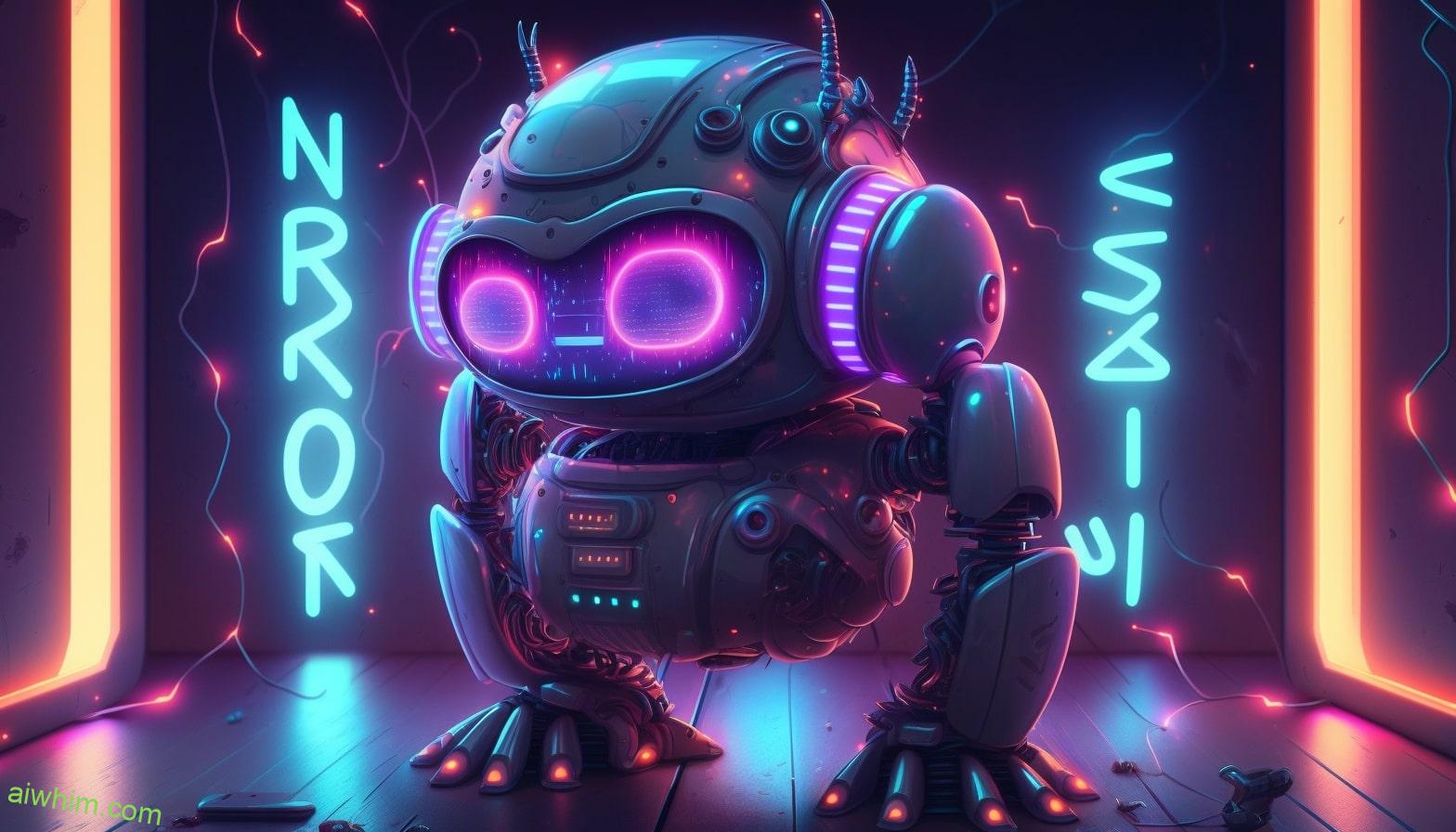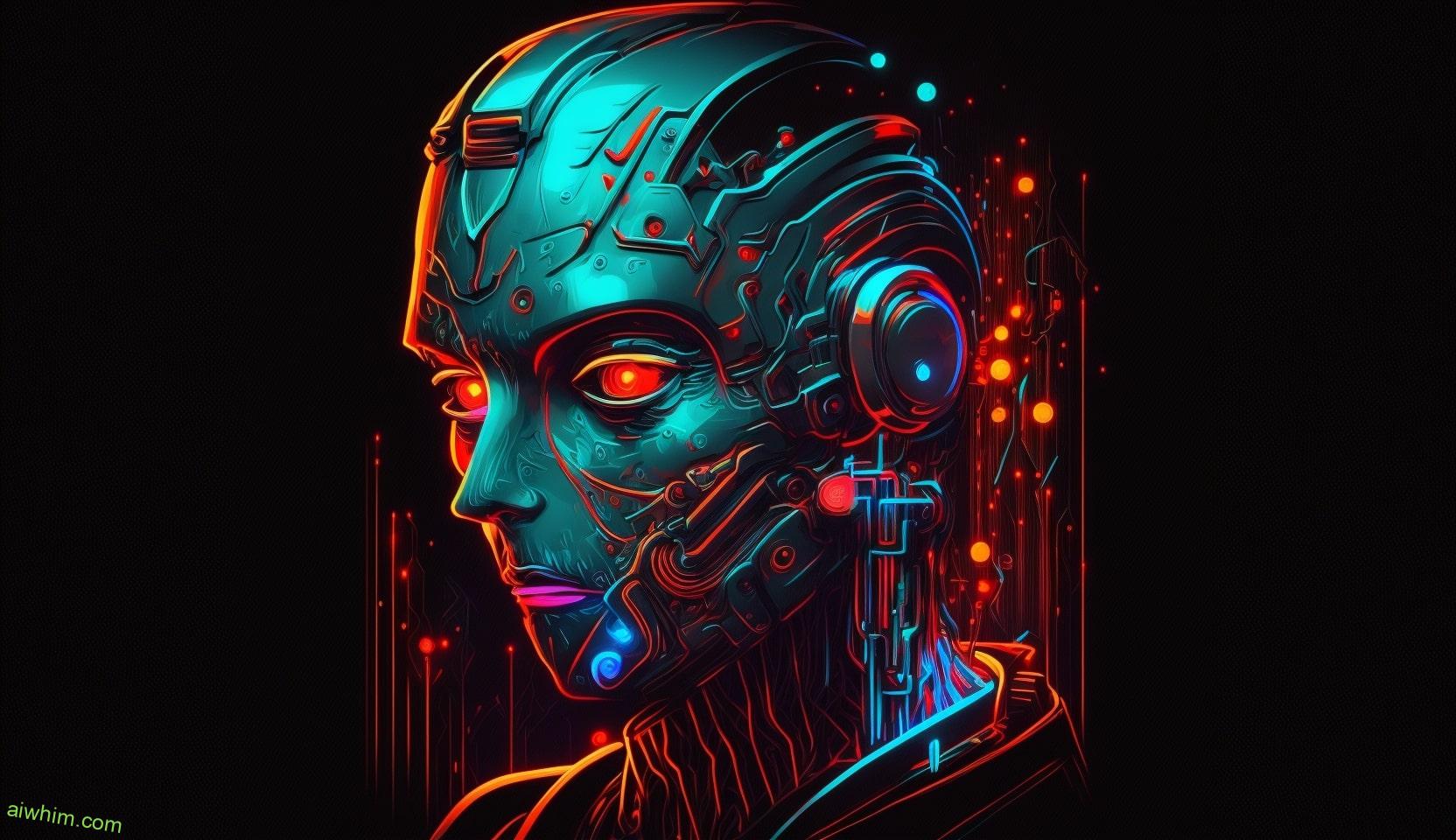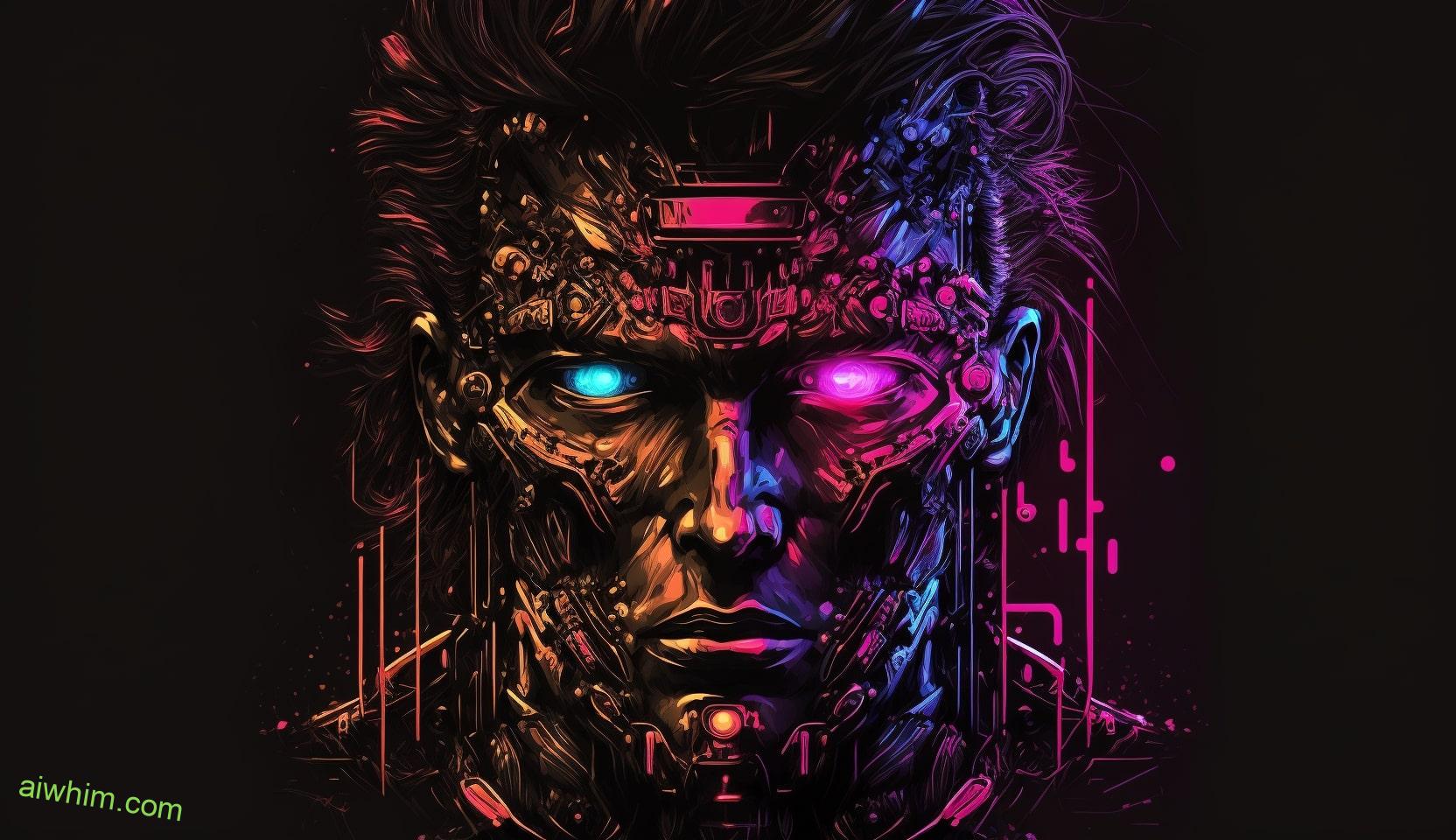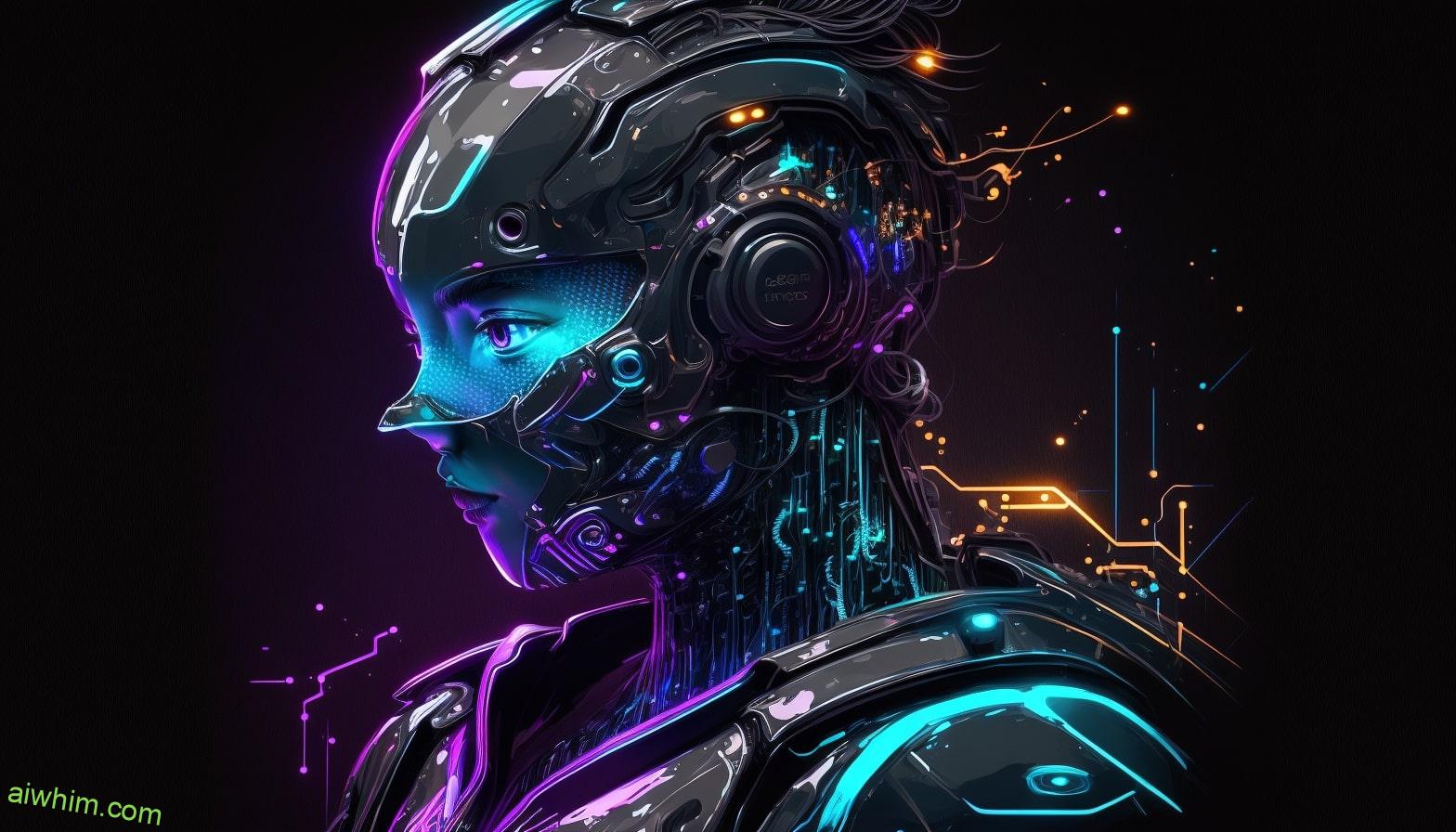Like a river flowing through the bustling city, the pipefitters and steamfitters have long been the unseen force that keeps everything running smoothly. But as the tides of technology rise, artificial intelligence (AI) is making waves, threatening to reshape the landscape they’ve navigated for years.
With advancements in AI technology promising automation and cost-saving opportunities, the impact on the pipefitting and steamfitting industry is undeniable. But what does this mean for the future of these skilled trades? How will they adapt to the changing workforce landscape?
The answers lie in understanding the potential impact of AI and its role in revolutionizing their age-old craft.
Key Takeaways
- AI technology can enhance the efficiency and accuracy of pipefitting and steamfitting tasks.
- Implementing AI in the industry may require initial investment and overcoming resistance to change.
- Automation of routine tasks through AI can free up pipefitters and steamfitters to focus on more complex aspects of their work.
- Collaboration between human workers and AI technology is crucial for achieving optimal outcomes in the industry.

Understanding AI and Its Potential Impact
To understand the potential impact of AI on pipefitters and steamfitters, it’s important to have a clear understanding of what AI is and how it works. AI, or Artificial Intelligence, refers to the development of computer systems that can perform tasks that would typically require human intelligence. These systems are designed to learn, adapt, and make decisions based on data and patterns.
When it comes to understanding AI ethics, it’s crucial to consider the implications of relying on machines to perform tasks traditionally done by humans. While AI can bring significant benefits, such as increased efficiency and improved accuracy, it also raises ethical concerns. For instance, there are questions about the transparency and fairness of AI decision-making processes. Additionally, there are concerns about job displacement and the impact on workers’ livelihoods.
The potential impact of AI on job satisfaction for pipefitters and steamfitters is a topic of great importance. With the introduction of AI technology, certain tasks that were once performed manually may now be automated. This automation can lead to increased productivity and reduced human error. However, it may also result in job changes or even job loss for some workers. It’s crucial to ensure that the implementation of AI is done in a way that considers the well-being and job satisfaction of these workers, providing them with opportunities for upskilling and retraining.

Overview of the Pipefitting and Steamfitting Industry
The pipefitting and steamfitting industry requires specialized skills and knowledge in installing and maintaining piping systems for various applications. As a pipefitter or steamfitter, you play a crucial role in ensuring the proper functioning of plumbing and heating systems. Your expertise in pipefitting techniques is essential for constructing and repairing pipes that carry water, gas, and other liquids or gases.
The demand for pipefitters and steamfitters is expected to remain strong in the coming years. With the increasing need for infrastructure development and the growing emphasis on energy efficiency, there’s a constant requirement for professionals who can install and maintain piping systems effectively. Whether it’s in residential, commercial, or industrial settings, your skills will be in high demand.
As a pipefitter or steamfitter, you must possess a strong understanding of blueprints, specifications, and building codes. You’ll be responsible for measuring, cutting, and threading pipes to precise specifications, ensuring that they fit together seamlessly. Additionally, you’ll need to have a keen eye for detail to detect and resolve any issues or leaks in the system.
The nature of your work may vary depending on the project at hand. From installing pipes for plumbing systems in homes and buildings to fitting steam lines in industrial facilities, your role is vital in maintaining the smooth operation of various applications.

Current Workflow and Processes in Pipefitting and Steamfitting
As a pipefitter or steamfitter, you navigate through a complex workflow and employ various processes to ensure the successful installation and maintenance of piping systems. The current workflow in the pipefitting and steamfitting industry involves several key steps.
First, you collaborate with engineers and designers to understand the project requirements and specifications. This involves reviewing blueprints, drawings, and other technical documents to plan the layout and placement of pipes.
Next, you gather the necessary tools and materials for the job, ensuring that everything is in order before beginning the installation process. This includes measuring, cutting, and threading the pipes to the required lengths. Once the pipes are prepared, you use specialized techniques such as welding, soldering, or brazing to join them together. You also install valves, fittings, and other components to ensure the proper functioning of the piping system.
Throughout the process, safety considerations are paramount. Pipefitters and steamfitters must follow strict guidelines and regulations to protect themselves and others from potential hazards. This includes wearing protective gear, using proper ventilation systems, and adhering to safety protocols.
Industry advancements, such as the integration of AI, are changing the landscape of pipefitting and steamfitting. While some fear job displacement, there are also opportunities for upskilling and collaboration with AI. AI can assist in tasks such as design and planning, optimizing the efficiency and accuracy of the process. This collaboration can lead to cost-saving opportunities and improved project outcomes.
Looking ahead, the future outlook for pipefitters and steamfitters is promising. The changing workforce landscape demands adaptability and a willingness to embrace AI integration. By staying abreast of industry advancements and acquiring new skills, pipefitters and steamfitters can position themselves for continued success in the field.

Advancements in AI Technology
With the integration of AI technology, you can now leverage advanced tools and systems to enhance your workflow and improve project outcomes. The advantages of AI in pipefitting are numerous.
AI can analyze large amounts of data quickly and accurately, allowing you to make informed decisions based on real-time information. This can lead to increased efficiency, reduced downtime, and improved safety on the job site.
AI can also help with the design process by generating optimized pipe layouts and identifying potential issues before they occur. This can save you time and resources by minimizing rework and ensuring a seamless installation.
However, implementing AI in the pipefitting industry does come with its challenges. One of the main challenges is the initial investment required to adopt AI technology. The costs associated with acquiring and implementing AI systems, as well as training employees to use them effectively, can be significant.
Additionally, there may be resistance to change from workers who are accustomed to traditional methods. Overcoming this resistance and ensuring a smooth transition to AI-powered systems will require effective communication and training programs.
Another challenge is the need for ongoing maintenance and updates of AI systems. As technology continues to evolve rapidly, it’s essential to stay up-to-date with the latest advancements to maximize the benefits of AI. This requires dedicating resources to regularly update and maintain AI systems, which can be time-consuming and costly.

Automation of Routine Tasks
Automating routine tasks in pipefitting through AI technology can significantly increase efficiency and productivity on the job site. By utilizing AI-powered tools, you can streamline repetitive tasks and free up your time to focus on more complex and fulfilling aspects of your work.
Imagine no longer having to spend hours manually measuring and cutting pipes or searching for the right fittings. With automation, these tasks can be completed in a fraction of the time, allowing you to complete projects more quickly and effectively.
The benefits of automation in pipefitting go beyond just saving time. It can also have a positive impact on your job satisfaction. When you no longer have to spend your days on monotonous and labor-intensive tasks, you have the opportunity to engage in more intellectually stimulating work. This can lead to a greater sense of fulfillment and professional growth.
Additionally, automation can reduce the risk of human error. AI technology is designed to be precise and accurate, minimizing the chances of costly mistakes that can delay projects and impact your reputation. By relying on automation for routine tasks, you can ensure that your work is consistently of the highest quality.
While some may argue that automation could lead to job loss, it’s important to remember that AI technology is meant to assist and enhance human capabilities, not replace them. By embracing automation in pipefitting, you can position yourself as a skilled professional who’s able to leverage the latest advancements in technology to deliver exceptional results.

Increased Efficiency and Productivity
By utilizing AI-powered tools, you can significantly increase your efficiency and productivity as a pipefitter or steamfitter. These advanced technologies provide you with the means to streamline your work processes, saving you time and effort while maximizing the quality of your output.
One of the key benefits of incorporating AI into your work is the increased profitability it can bring. With AI-powered tools, you can optimize your resource allocation, ensuring that you make the most efficient use of materials, equipment, and labor. This not only reduces wastage but also allows you to complete projects more quickly, enabling you to take on more jobs and increase your overall revenue.
Furthermore, AI can greatly enhance your quality control efforts. By leveraging machine learning algorithms, you can analyze vast amounts of data to identify patterns and spot potential issues before they become major problems. This proactive approach ensures that your work meets the highest standards, reducing the likelihood of costly rework or customer dissatisfaction. Ultimately, this leads to improved customer satisfaction and the potential for repeat business.
In addition to these financial benefits, incorporating AI into your work can also enhance your overall productivity. AI-powered tools can automate routine tasks, freeing up your time for more complex and critical activities that require your expertise. This not only allows you to complete projects more quickly, but it also gives you the opportunity to focus on innovation and problem-solving, further enhancing the value you bring to your clients.

Potential Job Displacement
As AI-powered tools continue to revolutionize the pipefitting and steamfitting industry, the potential for job displacement becomes a pressing concern. While these technological advancements bring increased efficiency and productivity, they also raise questions about job security. As a worker in this industry, you may worry about the possibility of being replaced by machines.
It is important to acknowledge that AI technology has the potential to automate certain tasks traditionally performed by pipefitters and steamfitters. Machines can now analyze data, identify patterns, and make decisions, which were once exclusive to human workers. This could potentially lead to a decrease in demand for manual labor in the industry.
However, it’s crucial to remember that AI isn’t meant to replace humans entirely. Instead, it should be seen as a tool that complements and enhances human capabilities. While some routine tasks may be automated, there will always be a need for skilled workers who can handle complex problem-solving, critical thinking, and adaptability.
To ensure job security in the face of AI advancements, it’s essential to embrace lifelong learning and continuous improvement. Retraining programs can play a vital role in equipping workers with the necessary skills to adapt to changing job requirements. By staying updated with the latest technological advancements and acquiring new skills, you can position yourself as an indispensable asset in the industry.

Skill Requirements in the AI Era
To thrive in the AI era, it’s essential for pipefitters and steamfitters to develop a diverse set of skills that complement and leverage the capabilities of artificial intelligence. As AI continues to advance and become more prevalent in the job market, it’s crucial for workers in these trades to adapt and upskill themselves to remain competitive and secure their future.
One of the key skill requirements in the AI era is the ability to work alongside and effectively collaborate with AI technologies. Pipefitters and steamfitters should familiarize themselves with the various AI tools and software used in their field, such as computer-aided design (CAD) and automation systems. By understanding how these technologies work and integrating them into their workflow, workers can enhance their productivity and efficiency.
Furthermore, problem-solving and critical thinking skills will be in high demand in the AI era. While AI can automate certain tasks, it still relies on human input to make decisions and solve complex problems. Pipefitters and steamfitters who can analyze and assess situations, think creatively, and develop innovative solutions will be highly sought after in the job market.
Adaptability and a willingness to learn are also crucial skills in the AI era. Technology is constantly evolving, and workers must be proactive in keeping up with the latest advancements. This may involve attending workshops, taking online courses, or participating in professional development programs. By staying informed and continuously updating their skills, pipefitters and steamfitters can remain relevant and valuable in the AI-dominated job market.

Upskilling and Reskilling Opportunities
There are various opportunities available for you, as a pipefitter or steamfitter, to upskill and reskill in the AI era. With the rapid advancements in technology, it’s crucial to adapt and stay ahead in your field to ensure job security. The introduction of AI may bring changes to the nature of your work, but it also presents opportunities for you to enhance your skills and remain relevant in the industry.
One of the reskilling opportunities in the AI era is gaining proficiency in programming and automation. As AI becomes increasingly integrated into the field, having knowledge of programming languages and automation systems can greatly enhance your effectiveness and efficiency. By learning to program and operate AI-driven machinery, you can take on more complex tasks and increase your value as a pipefitter or steamfitter.
Furthermore, upskilling in data analysis and interpretation can also be beneficial in the AI era. AI relies heavily on data, and being able to analyze and interpret this data will allow you to provide valuable insights and make informed decisions. By understanding how to gather and analyze data, you can contribute to the optimization of processes and systems, improving overall efficiency.
In addition, embracing lifelong learning through continuous education and training programs is essential. Many organizations and institutions offer reskilling programs specifically designed for individuals looking to adapt to the AI era. These programs can provide you with the necessary knowledge and skills to thrive in a technology-driven environment.

Collaboration Between Humans and AI
The collaboration between humans and AI in the pipefitting and steamfitting industry brings about increased efficiency and productivity. This partnership allows for a seamless integration of human expertise and AI capabilities, resulting in improved outcomes and reduced errors. By working together, humans and AI can tackle complex tasks more efficiently, saving time and resources.
The human AI collaboration in the pipefitting and steamfitting industry also presents ethical implications that need to be carefully considered. As AI becomes more advanced, it’s crucial to ensure that its implementation aligns with ethical standards and values. Questions regarding job displacement and the impact on human workers arise. However, rather than replacing humans, AI can be seen as a tool to augment human capabilities, allowing workers to focus on more strategic and creative aspects of their work. This collaboration can lead to a more fulfilling and rewarding work experience for humans, as they can leverage AI to automate repetitive tasks and devote their time to more meaningful endeavors.
Additionally, the collaboration between humans and AI requires a strong emphasis on transparency and accountability. It’s essential to understand the decision-making process of AI systems and ensure that it’s fair and unbiased. Human oversight is crucial to prevent potential biases and discriminatory practices from being perpetuated by AI algorithms. By working hand in hand, humans and AI can create an environment that promotes fairness, equality, and inclusivity.
As the pipefitting and steamfitting industry embraces the collaboration between humans and AI, it’s important to navigate the ethical implications carefully. By doing so, we can harness the full potential of AI while upholding the values and principles that are important to us. Together, humans and AI can revolutionize the industry, driving efficiency, productivity, and a better future for all.

Safety Considerations in AI Integration
As you consider the collaboration between humans and AI in the pipefitting and steamfitting industry, it’s essential to address safety considerations when integrating AI. Safety regulations and training programs play a crucial role in ensuring the well-being of workers and the proper functioning of AI systems.
When integrating AI into pipefitting and steamfitting processes, it’s important to comply with safety regulations. These regulations are designed to protect workers from potential hazards and ensure a safe working environment. As AI systems become more prevalent in the industry, it’s crucial to update and adapt safety regulations to address any new risks that may arise. This includes considering the unique challenges that AI integration may bring and developing guidelines to mitigate those risks effectively.
Training programs are also vital in ensuring the safe integration of AI. Workers should receive comprehensive training on how to interact with AI systems, understand their limitations, and effectively troubleshoot any issues that may arise. Training programs should cover topics such as AI system maintenance, emergency procedures, and risk assessment. By equipping workers with the necessary knowledge and skills, they can confidently and safely work alongside AI systems.
Additionally, regular safety audits and inspections should be conducted to identify any potential safety concerns related to AI integration. These audits can help identify any gaps in safety protocols and enable the necessary adjustments to be made. By continuously monitoring and evaluating the integration process, any safety risks can be promptly addressed, ensuring the well-being of workers and the overall success of AI integration in the industry.

Cost-Saving Opportunities With AI
Leveraging AI technology can provide various cost-saving opportunities for pipefitters and steamfitters. With the integration of AI into their workflow, these professionals can streamline their processes and reduce expenses.
Here are four ways AI can help you save costs in your pipefitting and steamfitting projects:
- Efficient resource allocation: AI can analyze data and provide insights on the most optimal allocation of resources, such as materials and equipment. By ensuring that resources are utilized efficiently, you can minimize waste and reduce expenses.
- Predictive maintenance: AI-powered systems can monitor equipment and detect potential issues before they become major problems. By identifying maintenance needs in advance, you can avoid costly breakdowns and unexpected downtime, ultimately saving on repair and replacement costs.
- Optimized scheduling: AI algorithms can analyze project requirements, available resources, and other factors to create optimized schedules. By efficiently allocating tasks and resources, you can reduce idle time and increase productivity, resulting in cost savings.
- Improved safety measures: AI can help identify potential safety hazards by analyzing data from various sources. By proactively addressing safety concerns, you can reduce the likelihood of accidents and associated costs, such as medical expenses and legal fees.

The Role of AI in Design and Planning
AI technology plays a crucial role in the design and planning phase, optimizing efficiency and accuracy for pipefitters and steamfitters. Design automation powered by AI in construction has revolutionized the way projects are planned and executed. With AI, you can streamline the entire design process, from creating detailed 3D models to generating accurate material lists.
Gone are the days of manually drawing plans and making countless revisions. AI algorithms can now analyze project requirements and generate optimized designs in a fraction of the time. This not only saves you valuable time but also ensures that the final design meets all the necessary specifications.
Moreover, AI technology enables you to identify potential clashes or conflicts in the design early on. By simulating different scenarios, AI algorithms can detect and resolve issues before construction begins, preventing costly mistakes and delays. This level of accuracy and foresight significantly minimizes risks and improves overall project outcomes.
Another benefit of AI in design and planning is the ability to automate repetitive tasks. By leveraging machine learning algorithms, AI can quickly analyze historical data and make informed decisions. This eliminates the need for manual calculations and allows you to focus on more critical aspects of the project.
Furthermore, AI can optimize material usage, reducing waste and cutting costs. By analyzing data on past projects and industry standards, AI algorithms can determine the most efficient way to allocate resources. This not only saves money but also contributes to sustainability efforts by reducing environmental impact.

Future Outlook for Pipefitters and Steamfitters
Looking ahead, the future for pipefitters and steamfitters is full of opportunities and advancements in their field. As the industry continues to grow and evolve, there will be a wide range of job prospects and potential for career growth. Here are some key points to consider:
- Increased demand: The construction industry is projected to experience significant growth in the coming years, leading to a higher demand for skilled pipefitters and steamfitters. As new buildings and infrastructure projects are being developed, there will be a need for professionals who can install and maintain piping systems.
- Technological advancements: With the advent of new technologies such as AI and automation, the role of pipefitters and steamfitters is also evolving. These professionals will need to adapt to the use of advanced tools and equipment, which will streamline their work and improve efficiency.
- Diversification of skills: As the industry grows, pipefitters and steamfitters will have the opportunity to diversify their skills and specialize in different areas. This could include working with renewable energy systems, such as solar or geothermal, or gaining expertise in advanced plumbing techniques.
- Career progression: The future for pipefitters and steamfitters holds the potential for career progression and advancement. With experience and additional training, professionals in this field can move up to supervisory or managerial roles, overseeing larger projects and teams.

Adapting to the Changing Workforce Landscape
To adapt to the changing workforce landscape, you must embrace technological advancements and acquire new skills as a pipefitter or steamfitter. The rise of automation has brought about significant changes in various industries, and the field of pipefitting is no exception. As machines and AI continue to advance, it’s crucial for you to adapt and stay relevant.
Automation has the potential to streamline many aspects of pipefitting work, from fabrication to installation. While this may lead to increased efficiency and productivity, it can also have an impact on job satisfaction. It’s natural to have concerns about the potential displacement of human workers by machines. However, by adapting to automation and acquiring new skills, you can ensure that you remain valuable in the workforce.
One way to adapt to the changing landscape is by becoming proficient in using advanced software and tools. For example, learning how to operate computer-aided design (CAD) software can enhance your ability to create precise and accurate designs. Additionally, acquiring knowledge in emerging technologies such as robotics and 3D printing can open up new opportunities for you in the field.
Another important aspect of adapting to automation is continuously updating your skill set. As technology evolves, so do the skills required to thrive in the industry. Stay informed about the latest advancements and seek out training programs or certifications that can help you stay competitive.

Frequently Asked Questions
How Will the Implementation of AI Technology Affect the Demand for Pipefitters and Steamfitters in the Future?
Incorporating AI technology into industries will impact the job market, creating new opportunities while potentially reducing demand for certain roles. However, this shift also presents training and development opportunities for individuals to adapt and thrive in the evolving workforce.
What Are the Potential Skill Requirements for Pipefitters and Steamfitters in the AI Era?
In the AI era, potential skill requirements for pipefitters and steamfitters may include adapting to AI integration opportunities. Embrace the challenge of staying relevant by expanding your knowledge and skills. Your freedom lies in your ability to evolve.
Are There Any Upskilling or Reskilling Opportunities AvAIlable for Current Pipefitters and Steamfitters to Adapt to the AI Integration?
There are plenty of upskilling opportunities and reskilling programs available for you to adapt to the integration of AI. Take advantage of these chances to enhance your skills and keep up with the changing demands of the industry.
What Are the Safety Considerations That Need to Be Taken Into Account When Integrating AI Technology in Pipefitting and Steamfitting Processes?
When integrating AI technology into your work as a pipefitter or steamfitter, it’s crucial to consider safety. From proper training to regular maintenance checks, prioritizing safety will have a positive impact on your workforce.
Can the Implementation of AI Technology in Pipefitting and Steamfitting Lead to Cost-Saving Opportunities for Companies in the Industry?
By implementing AI technology in pipefitting and steamfitting, companies in the industry can maximize efficiency, reduce labor costs, enhance precision, and minimize errors. It creates cost-saving opportunities and improves overall productivity.

Conclusion
As you tighten the final bolt, you watch as the AI-powered machine seamlessly completes the task that once required hours of manual labor.
With each passing day, the pipefitting and steamfitting industry embraces the transformative power of AI.
The future holds endless possibilities, from automated processes and cost-saving opportunities to enhanced design and planning.
As pipefitters and steamfitters, you must adapt and embrace this evolving workforce landscape to stay ahead in a world driven by innovation.







